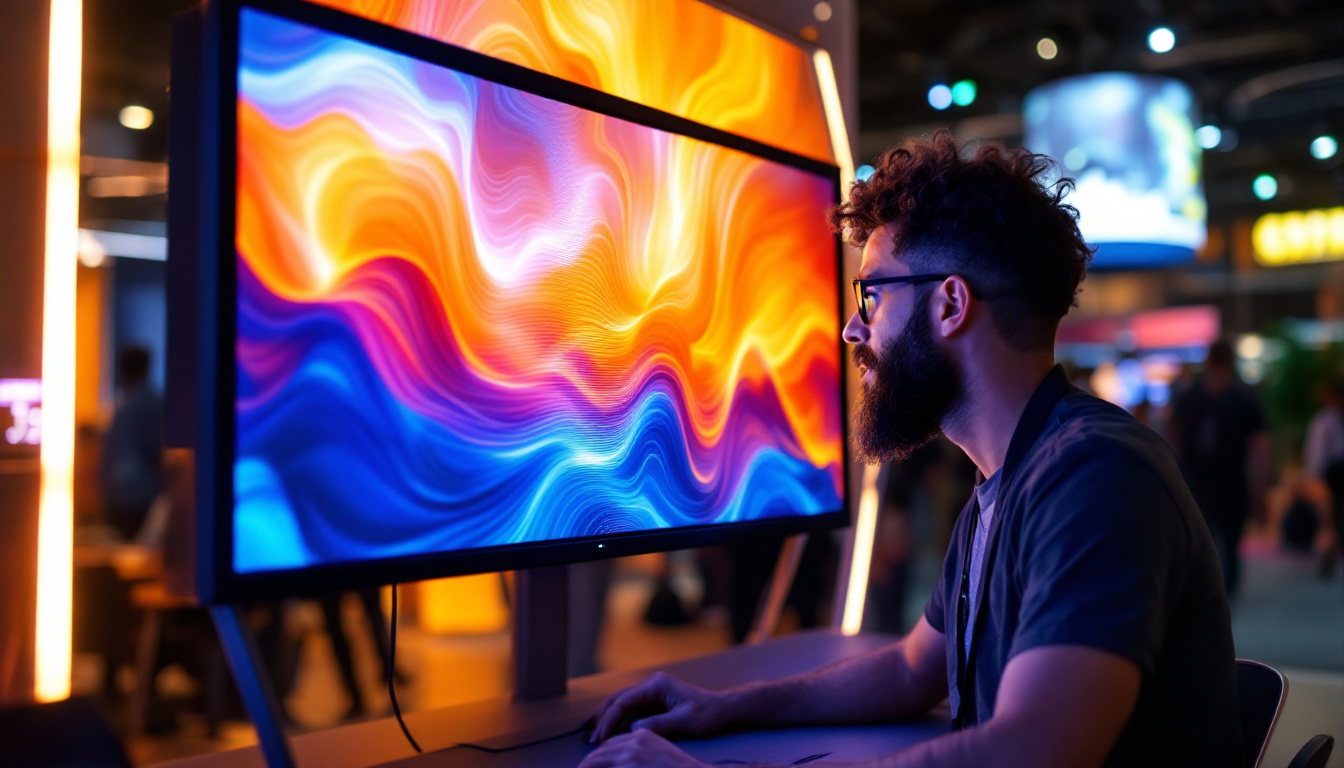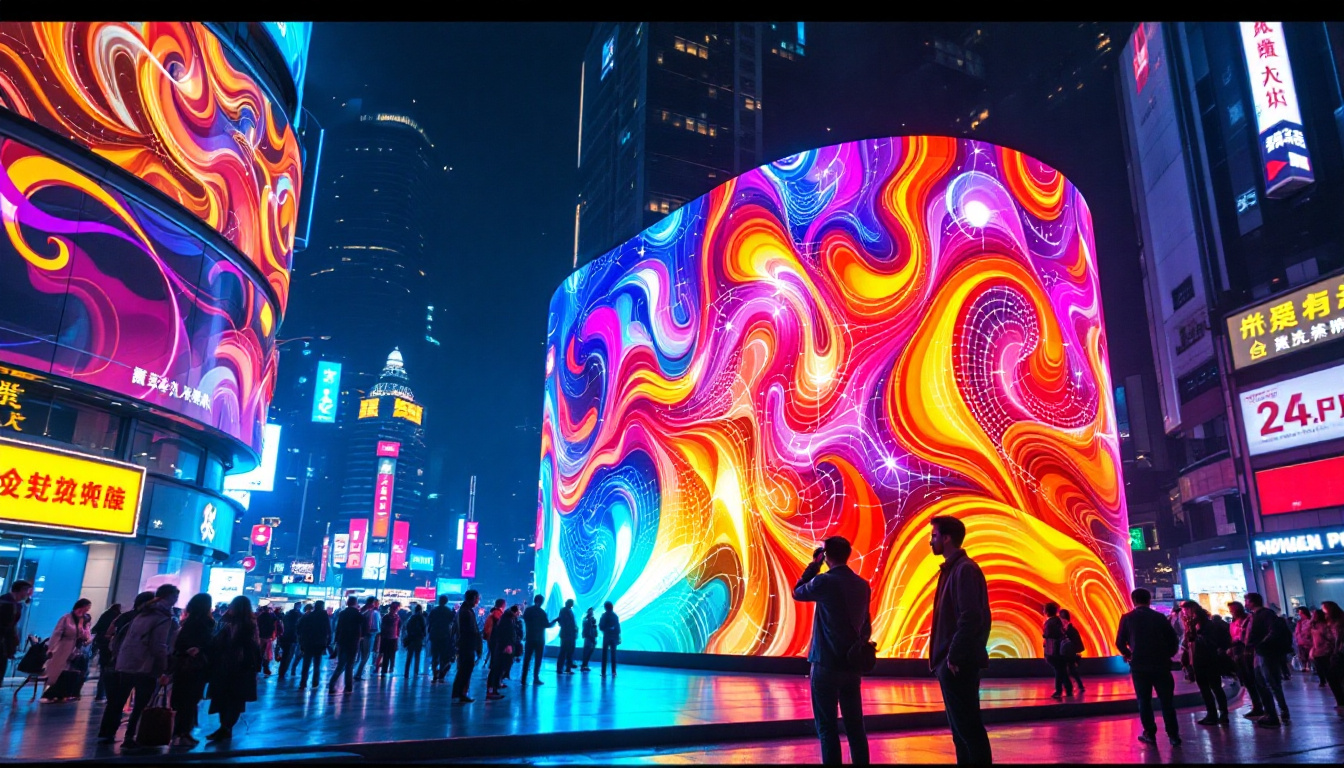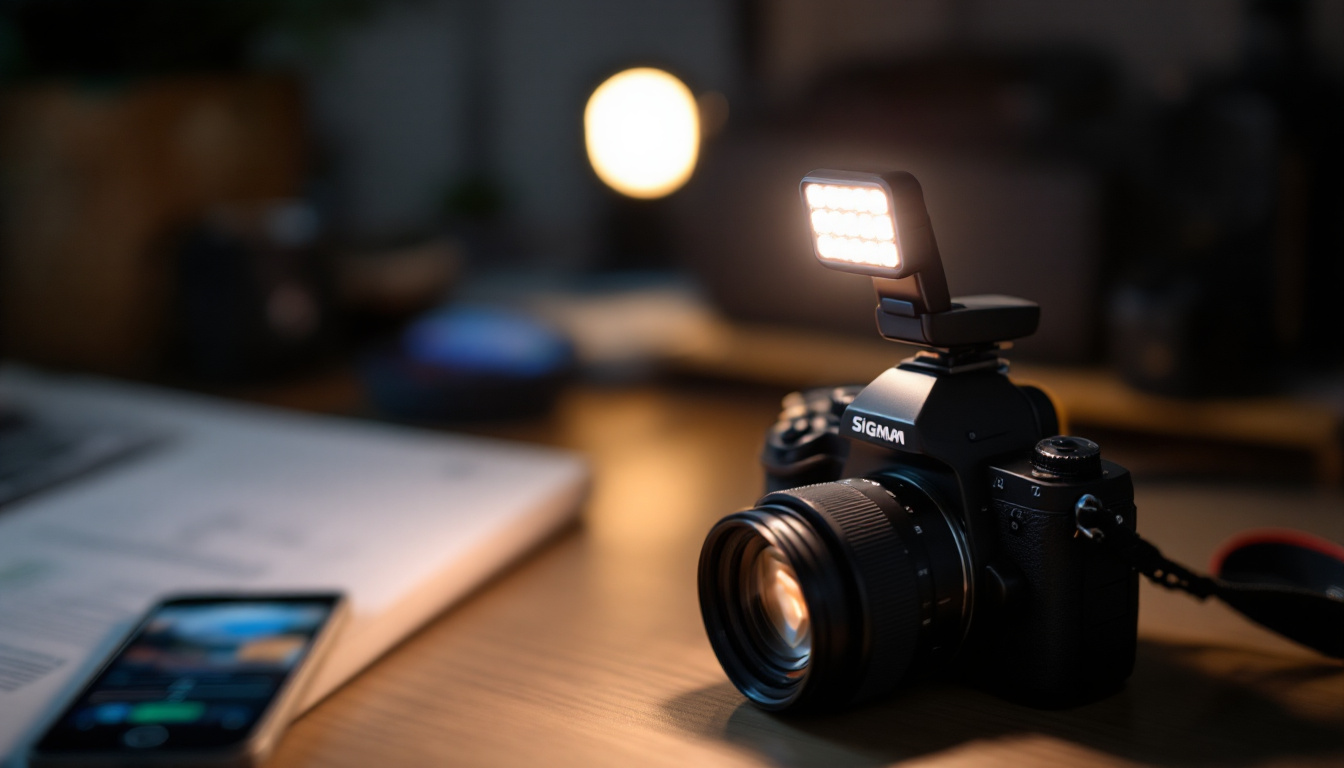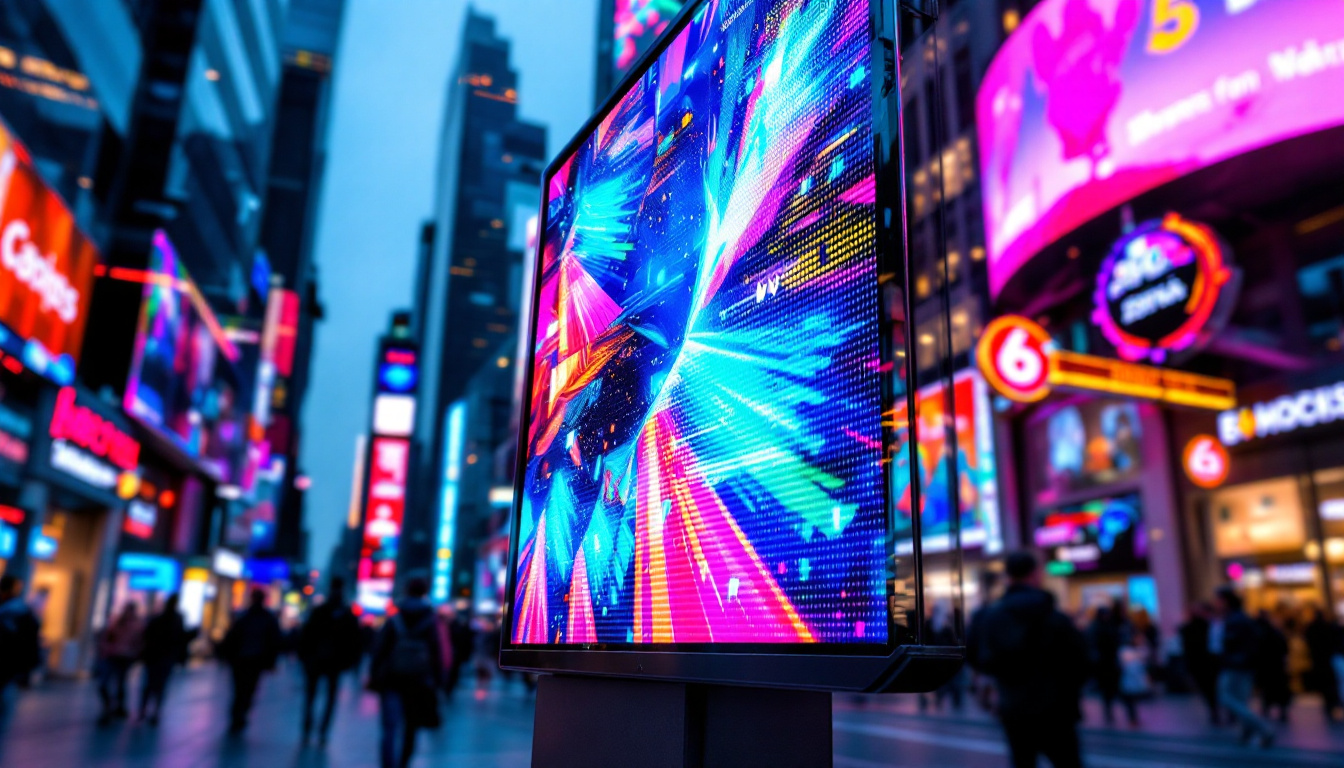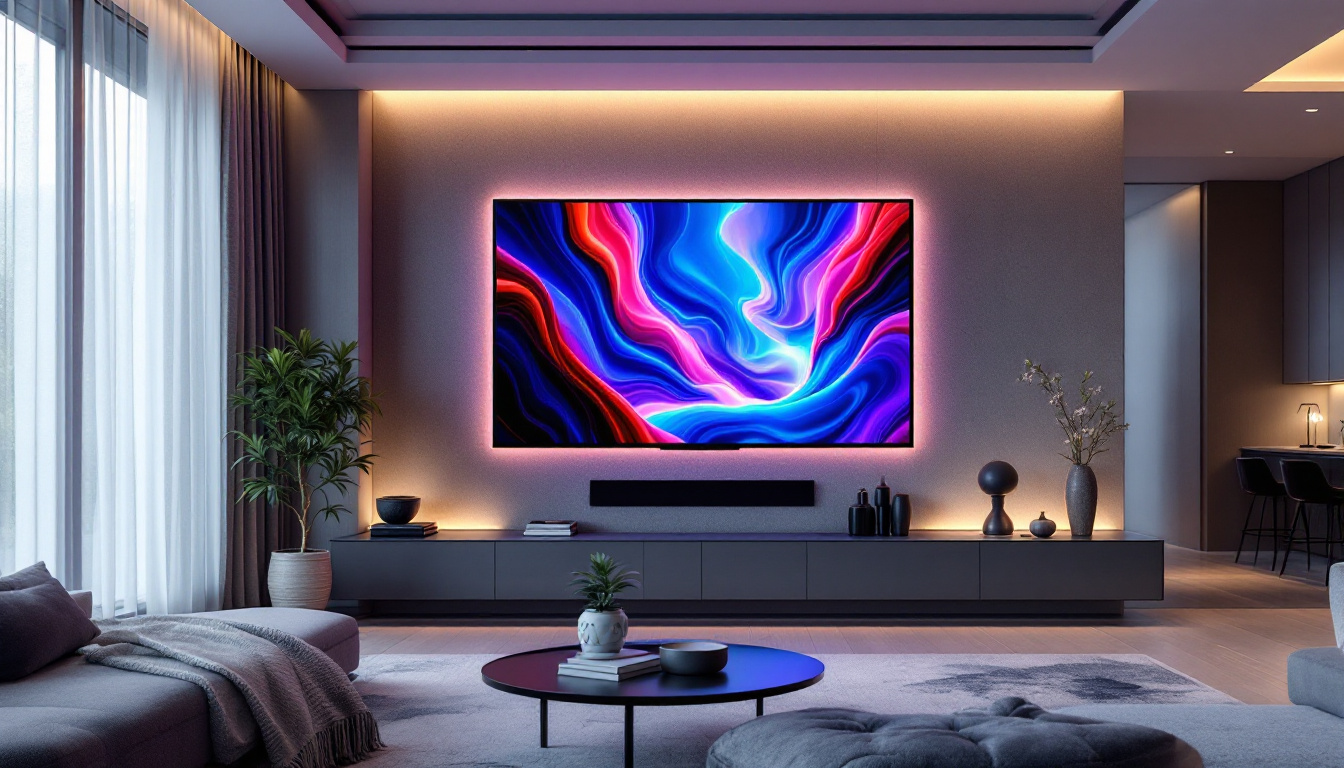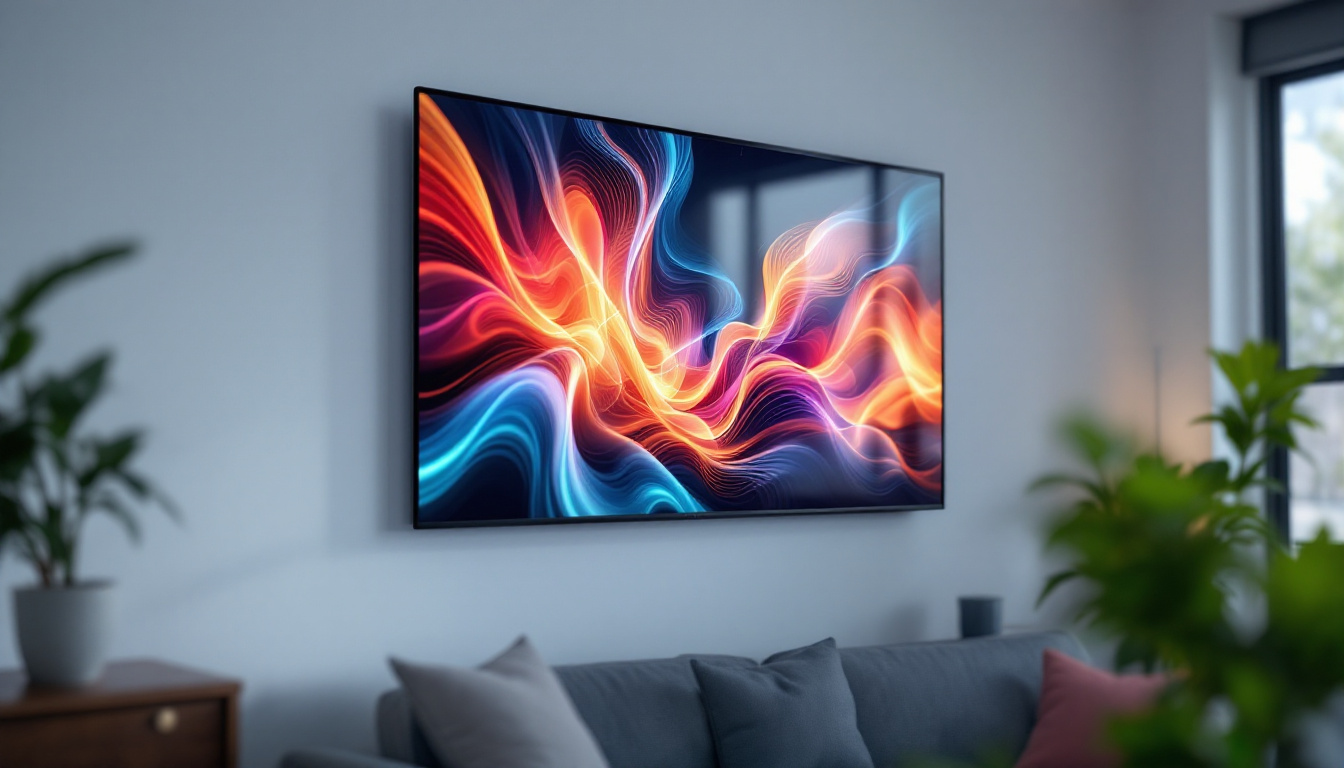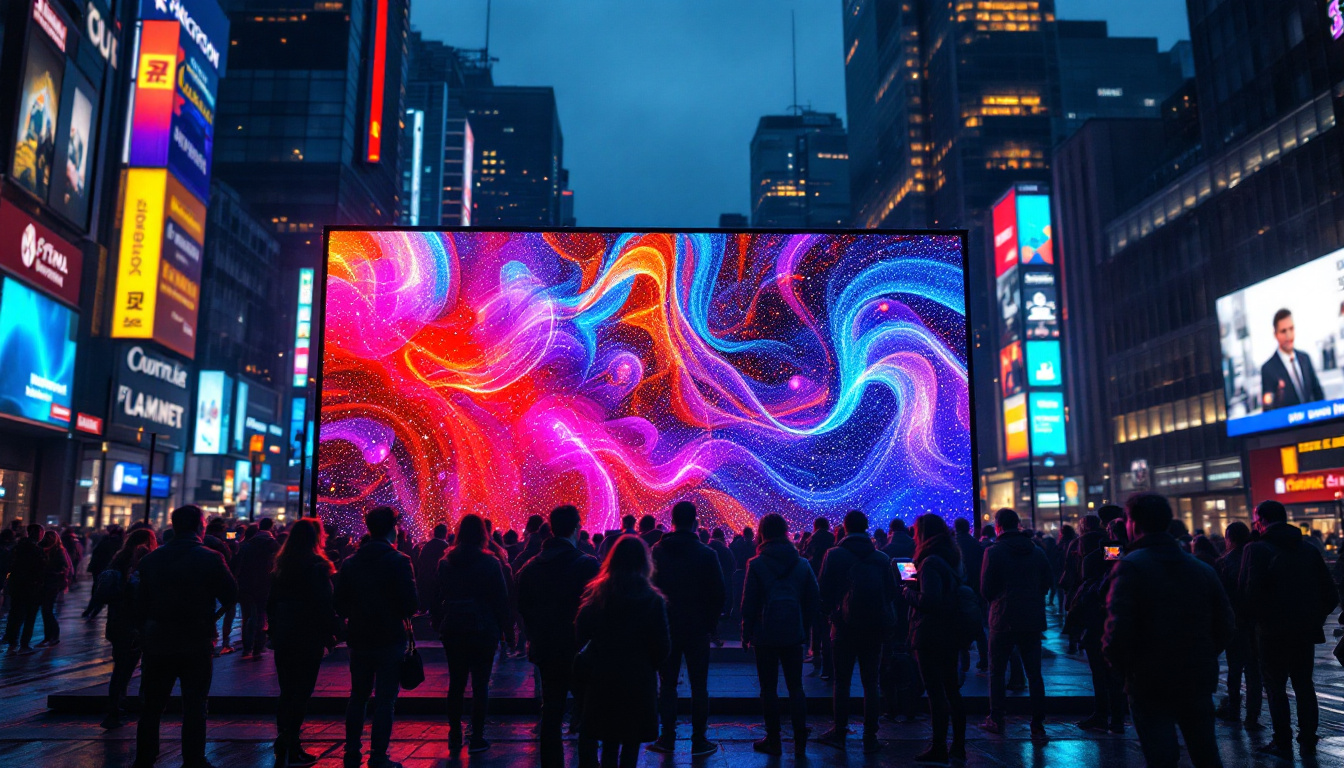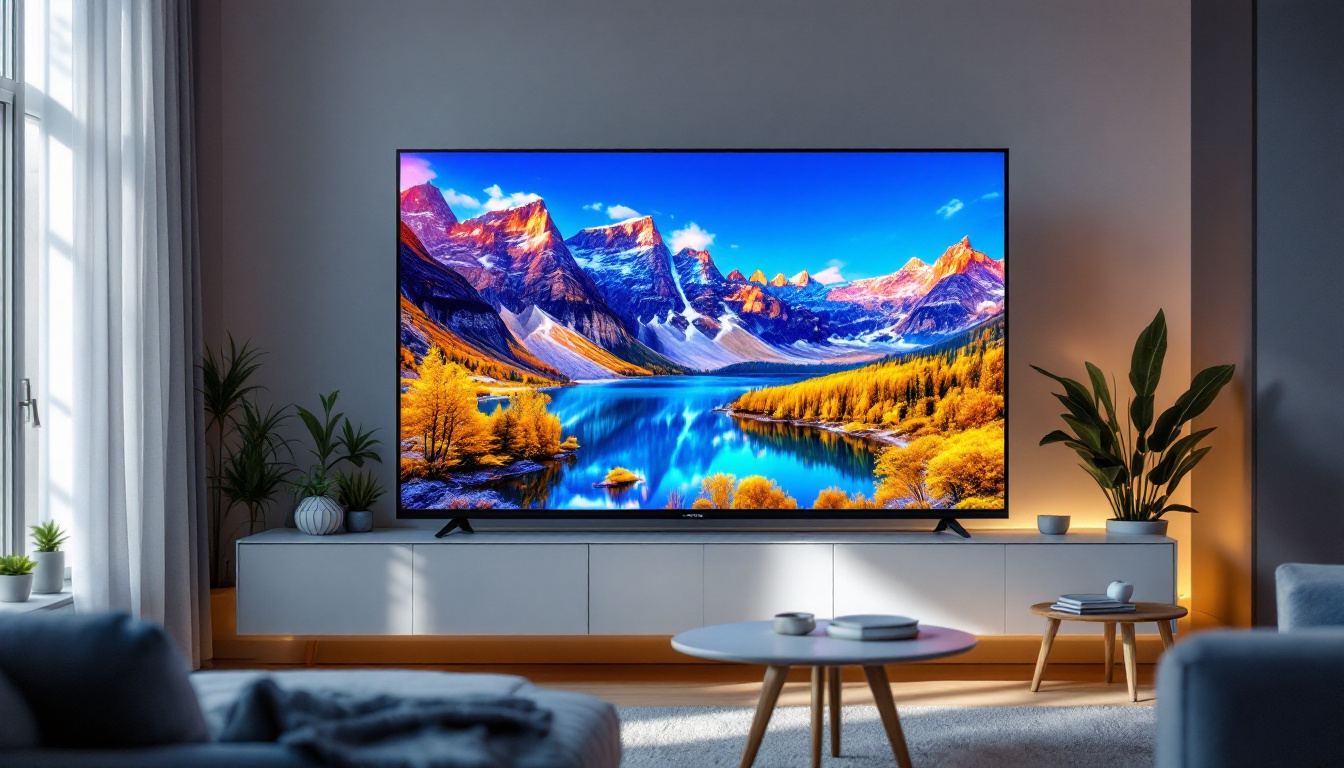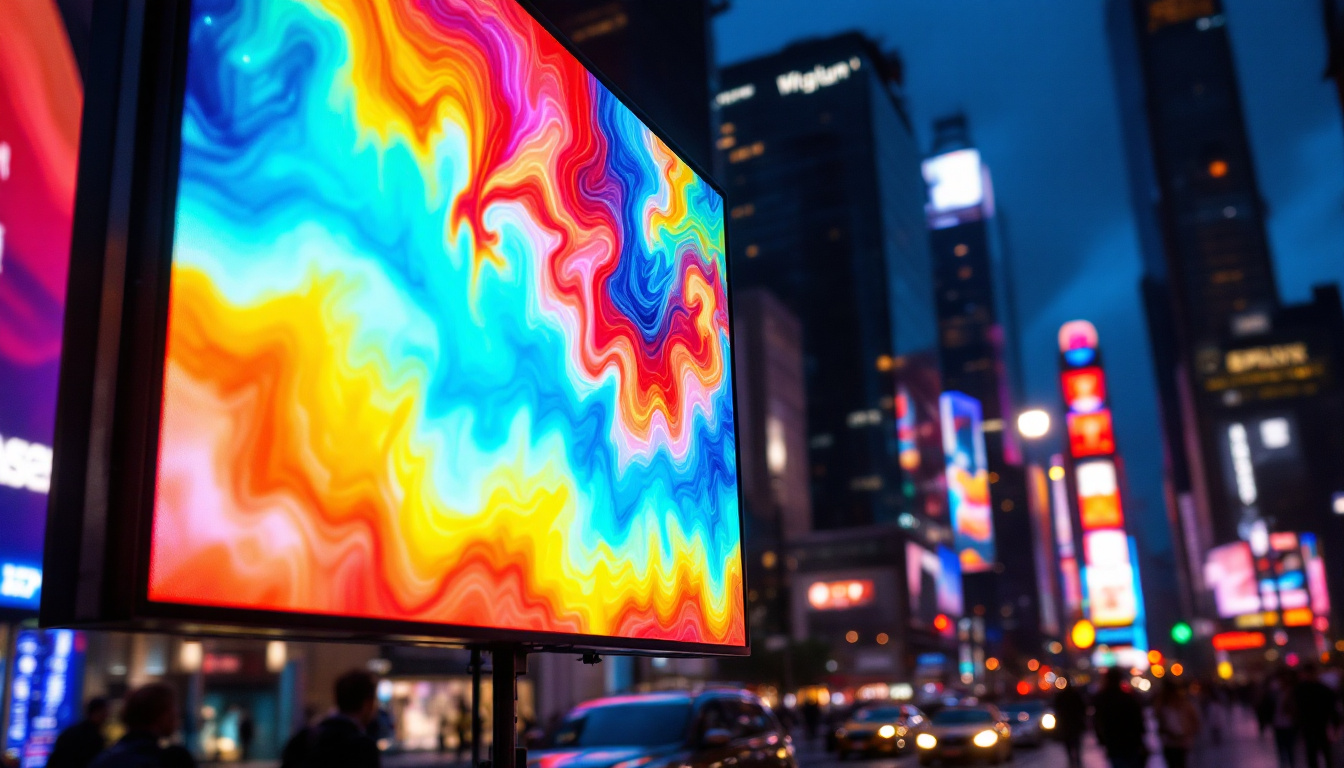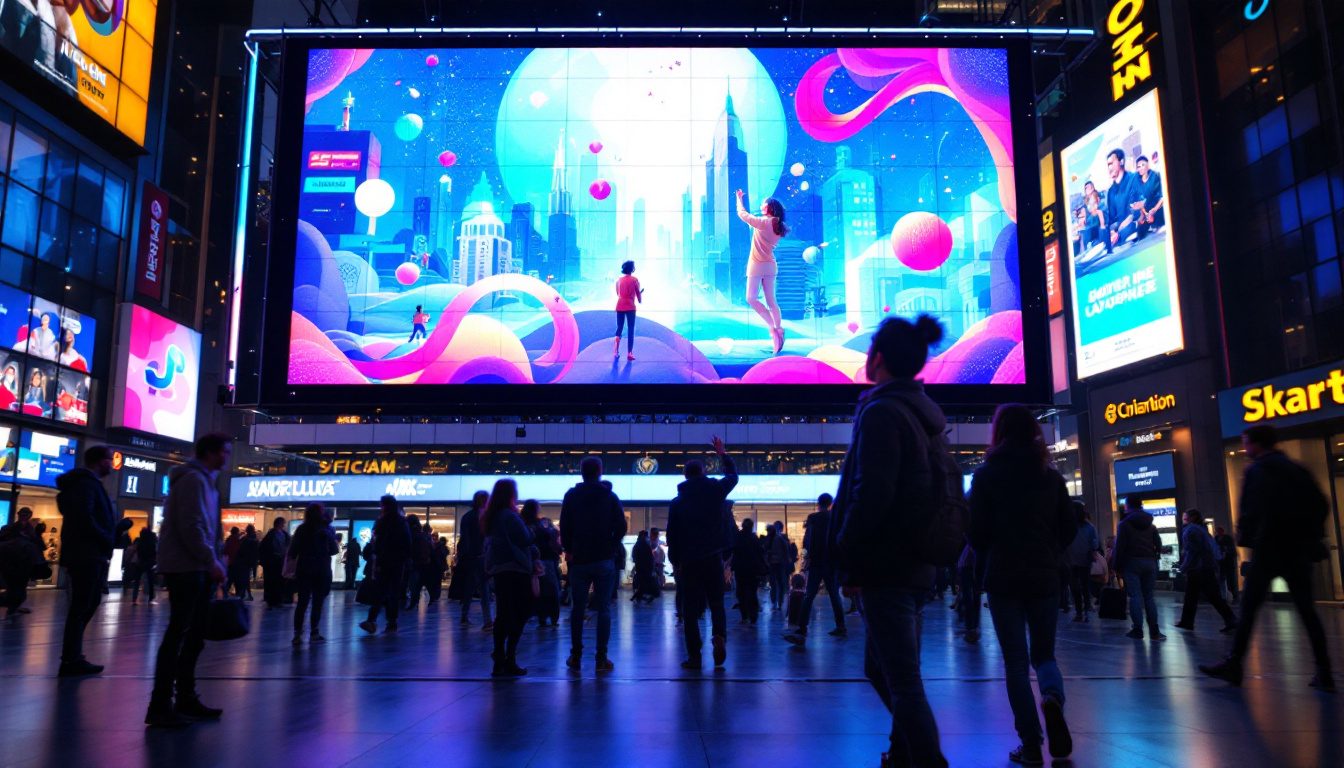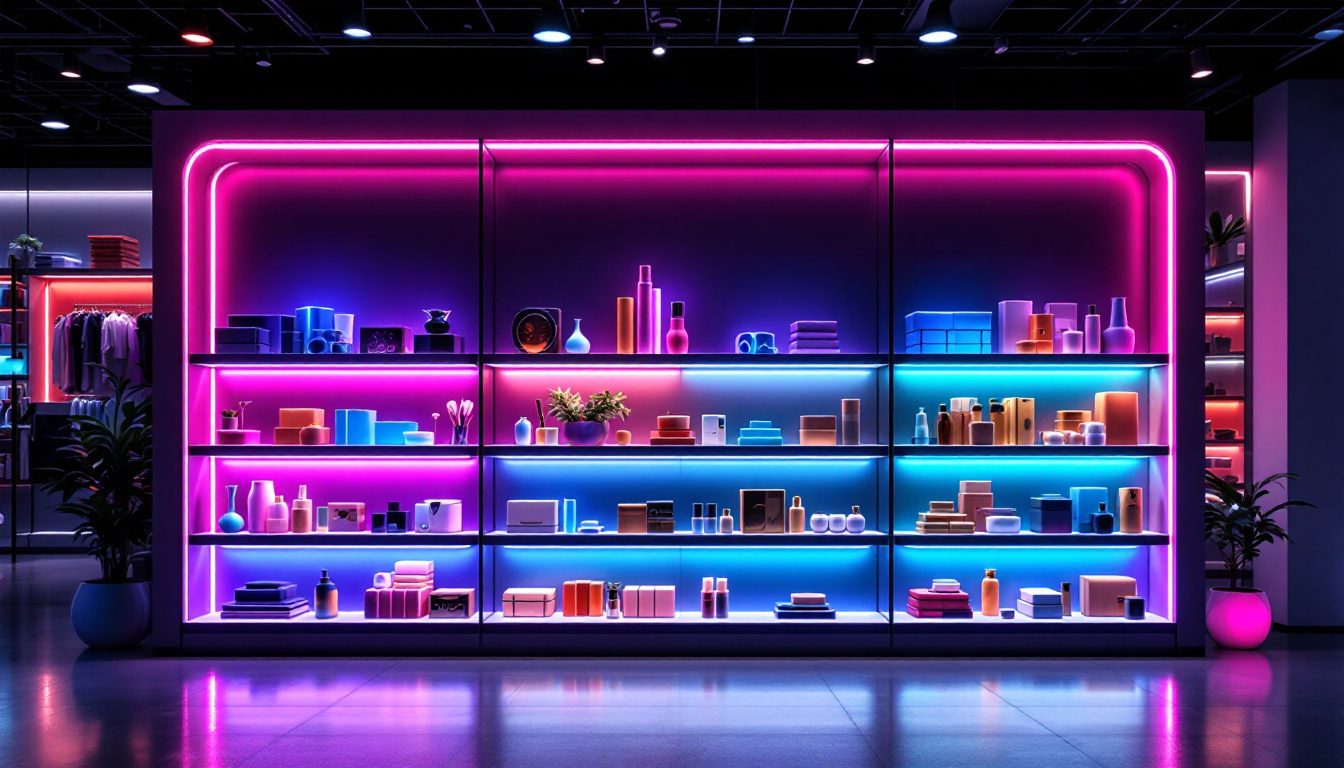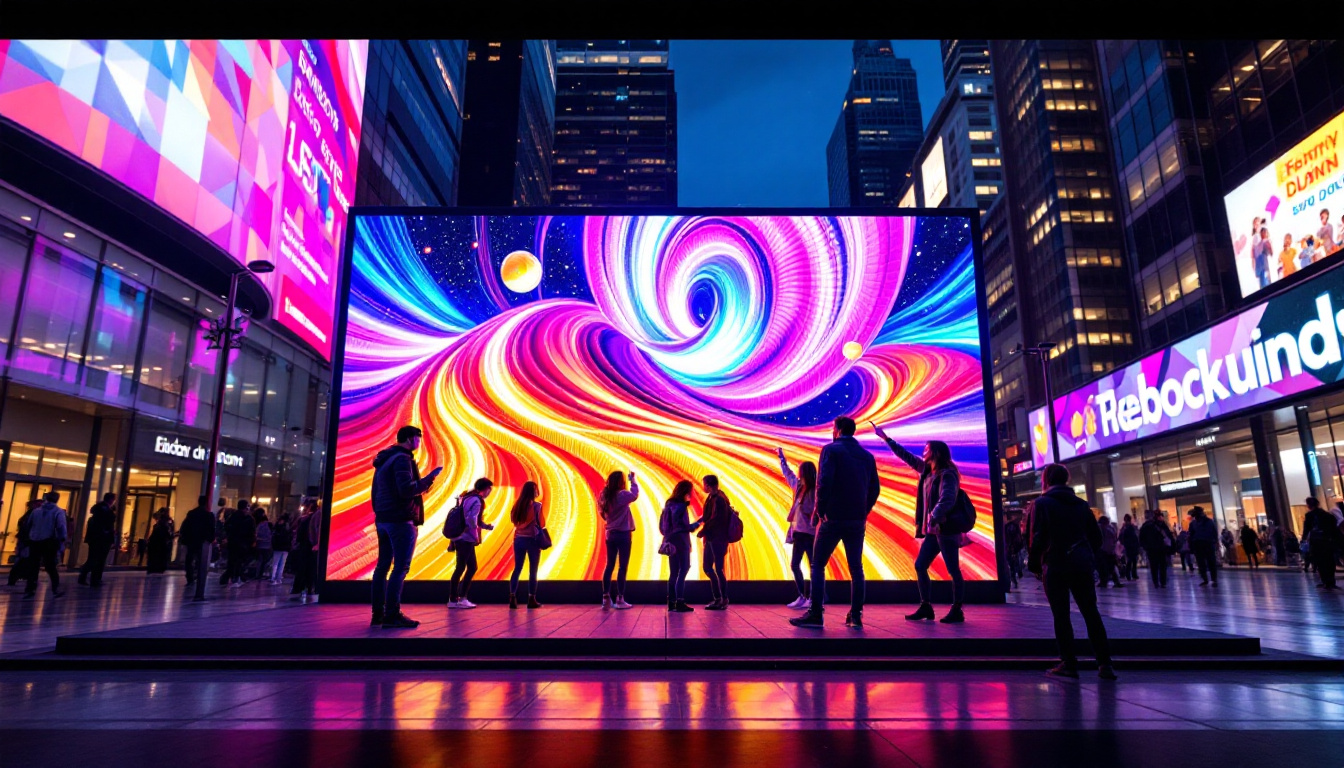In the realm of modern display technology, LED (Light Emitting Diode) displays have gained immense popularity due to their vibrant colors, energy efficiency, and thin profiles. However, a critical aspect that often goes unnoticed is the concept of contrast, particularly lower contrast settings. This article delves into what lower contrast means in the context of LED displays, its implications for visual quality, and how it affects user experience.
Understanding LED Display Technology
Before diving into the nuances of contrast, it’s essential to grasp the basics of LED display technology. LED displays utilize semiconductor diodes that emit light when an electric current passes through them. This technology has evolved significantly, leading to various types of LED displays, including OLED, QLED, and traditional LED-backlit LCDs. The advancements in this field have not only improved the visual experience but have also made displays more energy-efficient and environmentally friendly over time.
Types of LED Displays
LED displays can be categorized into several types, each with unique characteristics:
- OLED (Organic Light Emitting Diode): Each pixel emits its own light, allowing for true blacks and vibrant colors. This self-emissive nature of OLED technology results in an exceptional contrast ratio, making it a favorite among filmmakers and gamers who require precise color representation and deep shadows.
- QLED (Quantum Dot LED): Utilizes quantum dots to enhance color accuracy and brightness, often found in high-end televisions. QLED displays are known for their impressive brightness levels, making them suitable for well-lit environments while still delivering a wide color gamut that enhances the viewing experience.
- LED-backlit LCD: Uses LEDs to illuminate an LCD panel, providing better brightness and color than traditional LCDs. While not as advanced as OLED or QLED, LED-backlit LCDs remain popular due to their affordability and decent performance in various lighting conditions.
Understanding these types is crucial as they influence how contrast is perceived on the screen. Each technology has its strengths and weaknesses, especially when it comes to displaying darker scenes or subtle color gradients. For instance, OLED’s ability to turn off individual pixels allows for an infinite contrast ratio, which is particularly beneficial for watching movies in dark rooms. On the other hand, QLED’s reliance on backlighting can sometimes lead to blooming effects, where bright areas bleed into darker ones, affecting the overall viewing experience.
Moreover, the choice of an LED display type can also impact the longevity and maintenance of the device. OLED screens, while offering superior picture quality, may face issues like burn-in if static images are displayed for prolonged periods. In contrast, QLED and LED-backlit LCDs tend to be more resilient in this regard, making them a practical choice for varied content consumption, from gaming to streaming. As technology continues to advance, manufacturers are constantly innovating to minimize these drawbacks, ensuring that consumers have access to displays that not only meet their aesthetic desires but also their functional needs.
The Concept of Contrast in Displays
Contrast refers to the difference in luminance or color that makes an object distinguishable from others within the same field of view. In display technology, contrast ratio is a critical metric that defines the darkest black and the brightest white a display can produce. A higher contrast ratio typically means more vibrant colors and deeper blacks, enhancing the overall viewing experience.
Measuring Contrast Ratio
Contrast ratio is usually expressed as a ratio, such as 1000:1. This means that the brightest white is 1000 times brighter than the darkest black the display can produce. However, the method of measuring this ratio can vary significantly between manufacturers, leading to discrepancies in advertised values.
In practical terms, a higher contrast ratio allows for better differentiation between colors, particularly in darker scenes. This is especially important in applications such as gaming, graphic design, and video editing, where color accuracy and depth are paramount. For instance, in a video game, a well-calibrated display with high contrast can enhance the immersion by making shadows more pronounced and highlights more striking, thereby creating a more realistic environment for the player.
Lower Contrast Settings: What Does It Mean?
Lower contrast settings on an LED display can result from various factors, including user preferences, environmental conditions, or specific content being viewed. When contrast is lowered, the difference between the darkest and lightest parts of an image diminishes, leading to a more muted appearance.
While some users may prefer lower contrast for certain tasks, such as reading text or working with graphics, it can also lead to a loss of detail in darker areas of an image. Understanding when and why to adjust contrast settings is essential for optimizing the viewing experience. For example, in a brightly lit room, reducing contrast can help minimize glare and eye strain, making it easier to read documents or browse the web. Conversely, in a dimly lit environment, increasing contrast can enhance the depth of images and videos, making them more visually appealing. Additionally, many modern displays come equipped with adaptive contrast features that automatically adjust settings based on ambient light conditions, further enhancing usability and comfort for the viewer.
Implications of Lower Contrast on Visual Quality
Lowering the contrast on an LED display can have several implications for visual quality. While it may enhance comfort during prolonged use, it can also detract from the overall viewing experience, particularly in media consumption.
Impact on Color Perception
One of the most significant effects of lower contrast is on color perception. Colors may appear less vibrant and more washed out, which can be particularly noticeable in richly colored content such as movies or video games. For instance, a vibrant sunset scene may lose its depth and richness, making it less engaging for the viewer.
In professional settings, such as graphic design or photography, accurate color representation is crucial. Lower contrast can lead to misinterpretation of colors, affecting the quality of work produced. Designers and artists often rely on high contrast settings to ensure that their work is displayed as intended. This reliance on accurate color reproduction extends beyond artistic fields; industries such as fashion and marketing also depend on precise color matching to convey brand identity and evoke specific emotions in consumers.
Effects on Eye Comfort
While lower contrast can diminish visual quality, it can also enhance eye comfort in certain situations. For example, in dimly lit environments, high contrast settings can cause eye strain and fatigue. Lowering the contrast can soften the light emitted from the display, making it easier on the eyes during extended viewing sessions.
Many users find that adjusting contrast settings based on ambient lighting can significantly improve comfort. In bright environments, higher contrast may be necessary to maintain visibility, while lower contrast may be preferable in darker settings. Additionally, some displays come equipped with adaptive brightness features that automatically adjust contrast levels based on surrounding light conditions, further enhancing the viewing experience. This technology not only aids in reducing eye strain but also contributes to energy efficiency, as lower brightness settings consume less power, making it a win-win for both comfort and sustainability.
Adjusting Contrast for Optimal Viewing Experience
Finding the right contrast setting is essential for achieving an optimal viewing experience. Different scenarios may require different adjustments, and understanding how to fine-tune these settings can enhance the overall quality of the display.
Calibration Techniques
Calibrating an LED display involves adjusting various settings, including contrast, brightness, color temperature, and gamma. Calibration tools, such as colorimeters, can help achieve accurate settings based on the specific environment and usage.
For those who are not familiar with calibration tools, many modern displays come with built-in presets for various activities, such as gaming, movie watching, or reading. These presets can serve as a starting point for users to adjust contrast and other settings according to their preferences. It’s also worth noting that some displays offer advanced calibration options, allowing users to manually tweak each parameter for a more personalized experience. This can be particularly beneficial for graphic designers and photographers who rely on precise color accuracy and contrast for their work.
Environmental Considerations
The surrounding environment plays a crucial role in how contrast settings should be adjusted. In a bright room, a higher contrast setting may be necessary to counteract ambient light, while a dimly lit room may benefit from lower contrast to reduce glare and eye strain.
Additionally, the type of content being viewed can influence contrast preferences. For instance, watching a dark movie may require a different contrast setting compared to viewing bright, colorful animations. Users should consider the context of their viewing experience when adjusting settings. Moreover, the placement of the screen in relation to windows and light sources can also affect how contrast appears; screens facing direct sunlight may need more aggressive adjustments than those positioned away from light sources. Experimenting with different settings in various lighting conditions can help users discover the ideal configuration for their specific environment.
Conclusion: Striking the Right Balance
Lower contrast settings on LED displays can significantly impact visual quality and user experience. While they may enhance comfort in certain situations, they can also lead to a loss of vibrancy and detail in images. Understanding the implications of contrast and how to adjust settings based on context is essential for optimizing the viewing experience.
As display technology continues to evolve, users will benefit from a deeper understanding of how to leverage these advancements. Whether for professional work, gaming, or casual viewing, striking the right balance in contrast settings can lead to a more enjoyable and visually engaging experience.
Ultimately, the choice of contrast setting should align with individual preferences, environmental conditions, and the specific content being viewed. By taking the time to adjust and calibrate displays, users can ensure that they are getting the most out of their LED technology.
Explore the Full Spectrum of LED Displays with LumenMatrix
Ready to experience the ultimate balance in contrast and unlock the full potential of your visual displays? LumenMatrix invites you to explore our comprehensive range of LED display solutions. From the immersive Indoor LED Wall Display to the dynamic Outdoor LED Wall Display, and from the mobile versatility of Vehicle LED Displays to the innovative LED Transparent Display, we have the technology to elevate your brand’s visibility. Embrace the future of visual communication with LumenMatrix and create captivating experiences that resonate with your audience. Check out LumenMatrix LED Display Solutions today and transform the way you share your message.


